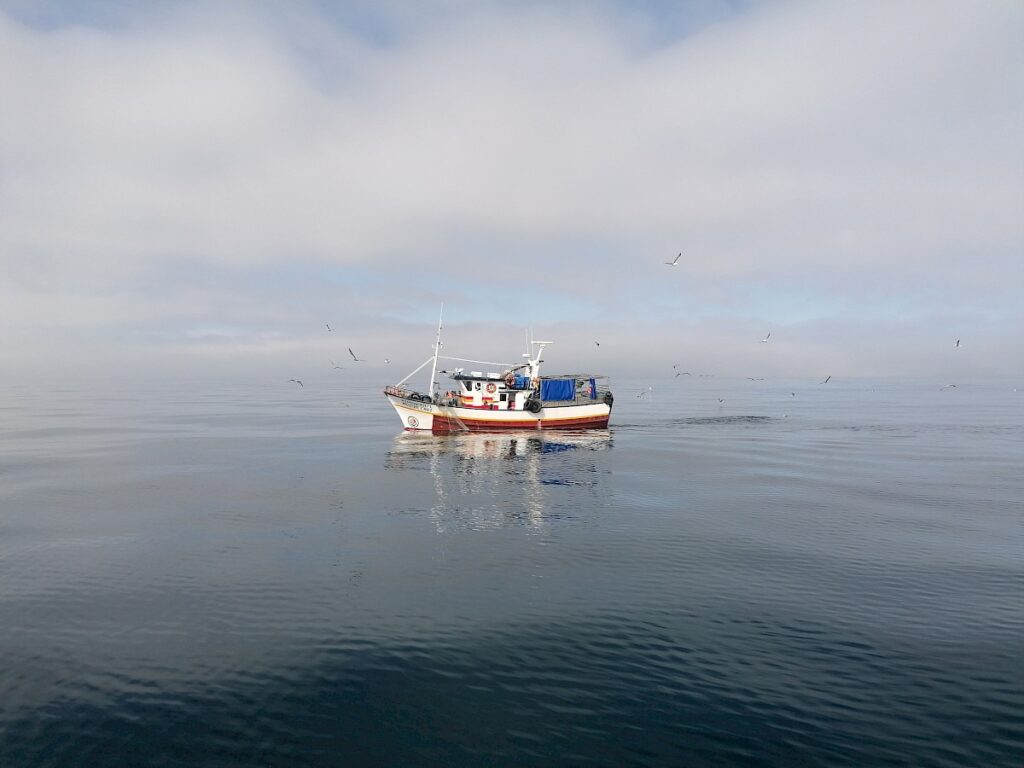The Faculty of Science and Technology of the University of Coimbra (FCTUC) is part of an international project whose main objective is to reduce the accidental capture of marine megafauna. O "REDUCE – Reducing bycatch of threatened megafauna in the east central Atlantic” has just been financed by the Horizon Europe program with around 9 million euros.
The project consortium is led by the University of Barcelona and the work package related to the theme “Bycatch monitoring” is coordinated by Catarina Silva, researcher at the Department of Life Sciences (DCV). Zara Teixeira and Filipe Martinho, also DCV researchers, are also part of the FCTUC team.
Bycatch can represent up to 40% of total fishing catches, globally reaching up to 38 million tons discarded per year, disrupting the oceanic food chain and potentially posing a threat to the survival of species already under pressure from various other human activities.
Currently, there are already several national, European and international regulations that share an objective, which is also included in the European Union (EU) Biodiversity Strategy: making fishing compatible with environmental protection measures to conserve threatened marine species.
«REDUCE will focus on developing and testing new technologies and management strategies for better assessment, monitoring and reduction of by-catches of birds, turtles, cetaceans, sharks and rays in the European long-distance fishing fleet made up of trawlers, purse seiners and longliners operating in the waters of the Atlantic Ocean, from the coasts of the Iberian Peninsula to Macaronesia and the Gulf of Guinea».
Thus, this project “aims to improve fisheries monitoring programs, incorporating electronic monitoring, promote understanding of bycatch and its impacts in the scientific, economic and social dimensions, and evaluate potential mitigation measures. “Bycatch monitoring” will enhance traditional onboard bycatch observation and monitoring programs and combine them with the implementation of new modern electronic monitoring systems (EMS) on board, allowing for rigorous testing of its function and effectiveness», reveals the DCV researcher.
EMS are increasingly used to increase observer coverage, potentially up to 100%, but continue to be limited to EU longline and trawl fisheries operating in the ECAO region. One barrier to greater use of EMS is the significant resources and effort to collect data.
«This work package will promote the installation and testing of EMS in the longline and trawl fleet and the development of intelligent models for automatic species identification through images (Machine Learning models) that will drastically increase the efficiency of data recovery from Camera-based EMS», he concludes.
The project consortium is made up of 13 partners from countries such as Spain, France, Portugal, the United Kingdom and Senegal.




















Comments